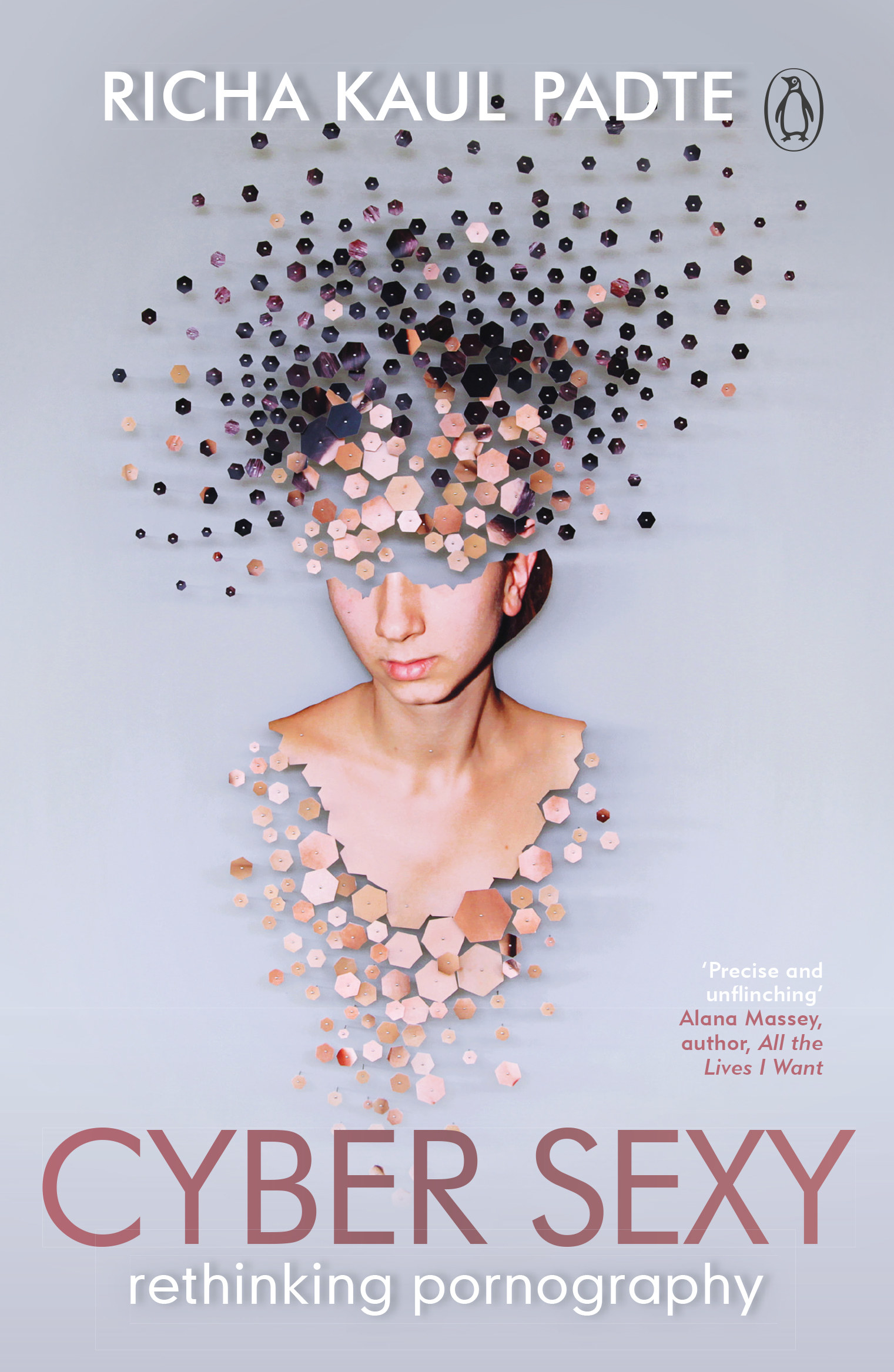The 2015 Hindi film Masaan opens with a college-going girl intensely focused on a computer screen. Played by Richa Chadha, the young women has bright-orange earphones tucked firmly into her ears. We can’t see the screen, but we can hear the sounds. Moaning. Groaning. Pleasure. Her eyes watch keenly, observantly, and we get the feeling this is not the first time she’s doing this—and nor will it be the last. Her phone vibrates, calling her attention briefly away from the screen. She turns off the porno, picks up her backpack and walks out of the house.
As you do.
No, really, as you do do. As many of us do. Because contrary to popular beliefs, Indian women watch porn. I watch porn. My friends watch porn. The women you work with and party with and commute with watch porn.
Except all efforts to curb or ban porn—in India or abroad—totally ignore this reality.
In a 2013 petition to the Supreme Court calling for a complete ban on porn, lawyer Kamlesh Vaswani writes that the proposed ban is "for enforcement of the fundamental rights of [the] innocent, susceptible, vulnerable women and children of India". In other words, the complete censorship of sexual content on the internet is for the benefit of women who need the state’s protection.
The idea that porn is bad for women has been espoused by anti-porn movements across the world, and the word that is often used is ‘protection’: women’s bodies need to be covered up and protected—not only from men, but from sex itself.
But what we’re actually missing from these porn debates is the notion of consent.
Did a woman want to create a nude picture of herself? Did she choose to live-stream herself naked? Do porn actresses agree to being whipped on-screen? These questions are totally missing from every attempt to curb any sort of sexual representation pertaining to women. From our obscenity clauses to indecency acts, from our claims of objectification to those of gender violence, none of these efforts to censor porn and sexy images of women ask the simplest of questions: has a woman given her consent?
When I asked the women I surveyed what they liked in their porn—and what they wanted to see more of—the most frequent answer I got was related to consent. One woman writes, "Porn where the woman looks like she’s been coerced or forced isn’t sexy and just makes me feel uncomfortable. Porn where women have autonomy is sexy."
When I asked the women I surveyed what they liked in their porn, the most frequent answer I got was related to consent.
Consent is about more than a yes or a no (although "no", contrary to what some of our judges believe, really does mean no): it’s also about whether a woman has any say in the type of sex she’s having, and if she’s having a good time. One woman says she wants to see ‘women who seem like they want to be there and want what they are getting’. Another agrees, and says she wants more "women-centric porn, where the women are having a good time. As opposed to male-centric porn where the 'idea' of women having a good time appears to be women begging men to cum on their faces or in their mouths."
Consent is also about who has agency—who is in control, and who gets to experience pleasure. Writes one woman in my survey, "We need better roles for women! It’s high time people realised that porn isn’t exclusive to men any more. No woman wants to watch another woman being used as a sex object solely existent for male pleasure—unless it’s a kink."
And even when it comes to kinky porn, women want consent to be clear. One woman says that there should be "consent in all kinds of porn. For example, show one minute of the woman giving consent even in submission videos."
In our day-to-day lives, as women, we are constantly faced with our consent being violated — or with the threat of it being violated. Men squeeze our butts on crowded buses — without our permission — and pretend like it never happened. In bed, we find hands on our heads, pushing us down for blowjobs we never really wanted to give. And all those evenings when we leave work late, we have our fingers poised on our phones, ready to make an emergency phone call if something goes "wrong", i.e. if someone does something to us against our will.
Feminist porn isn’t porn for women, but it is porn that takes women’s pleasure into account as much as a man’s.
So it’s not surprising that what we want to see in our porn, in the thing we turn to for pleasure, is sex that is consensual; sex in which pleasure runs both ways. And there are many people trying to create just this.
The last decade has seen a rise in feminist porn, or porn created in a way that considers the rights, pleasure and consent of all the people involved — on- and off-screen. Feminist porn isn’t porn for women, but it is porn that takes women’s pleasure into account as much as a man’s. It’s porn that sees women in leading roles: initiating sex and going after what (and who) they want. Feminist pornographers also make sure actors, crew and directors are paid well, have safe working conditions and that everyone has consented to the sex taking place.
And they’re not the only ones. These days, especially in countries where making porn is legal, the porn industry is treating actors better, ensuring they’re old enough to be performing and making consent explicit. There are larger numbers of sex workers and porn actors actively campaigning for their rights and making sure they’re heard.
There’s also a lot of unofficial porn being created by regular women too. From sexy selfies to live streams to homemade videos, there’s a wide array of self-shot sexy content on the internet that women are in charge of; content that is pleasurable and consensual.
But the trouble is that our laws and our moral gatekeepers make no effort to distinguish between the two. Because making porn is criminalised under anti-obscenity legislation, legally speaking, it makes absolutely no difference if a woman willingly uploads a video of herself having sex on to a porn site or if someone coerces her into doing it. Because either way, it’s obscene, it’s explicit, it’s indecent.
And unless we detangle ourselves from this outdated way of looking at sex and women’s rights — unless we stop believing that sex is inherently bad for women — we’re never going to properly tackle the actual violence that can take place in and around pornography: violations of consent. Consent for sex, consent for filming, consent for uploading and sharing. And clubbing these real harms together with the imagined harms of obscenity or objectification does a great disservice to what matters most in this conversation: not public morality or Indian culture, but real, living women.

Richa Kaul Padte's Cyber Sexy: Rethinking Pornography is available on Amazon.

